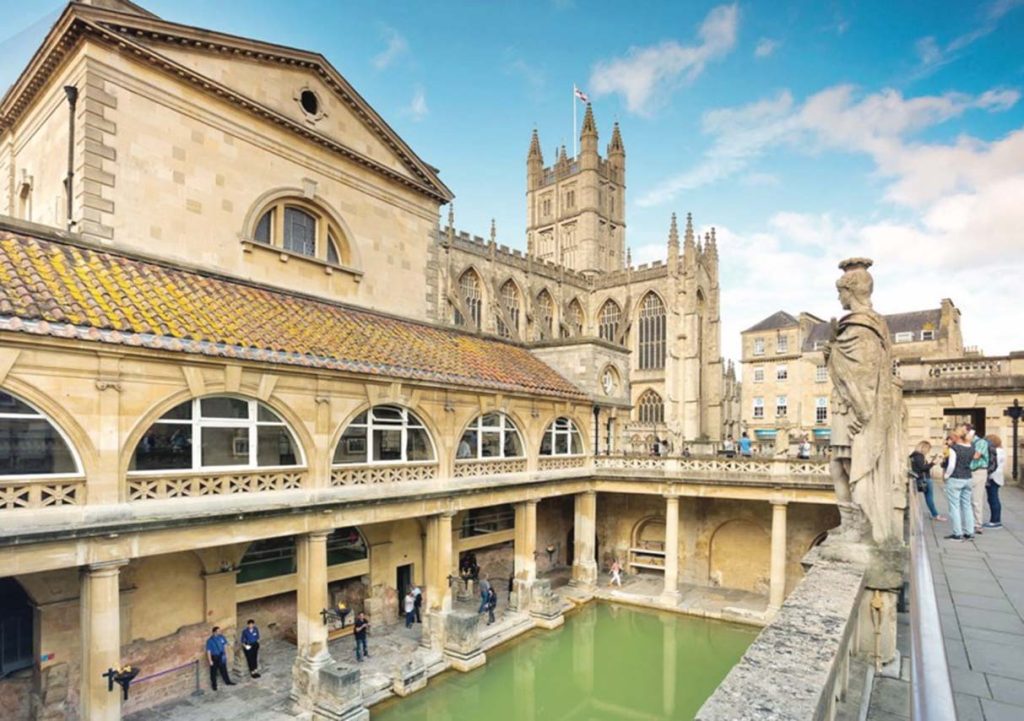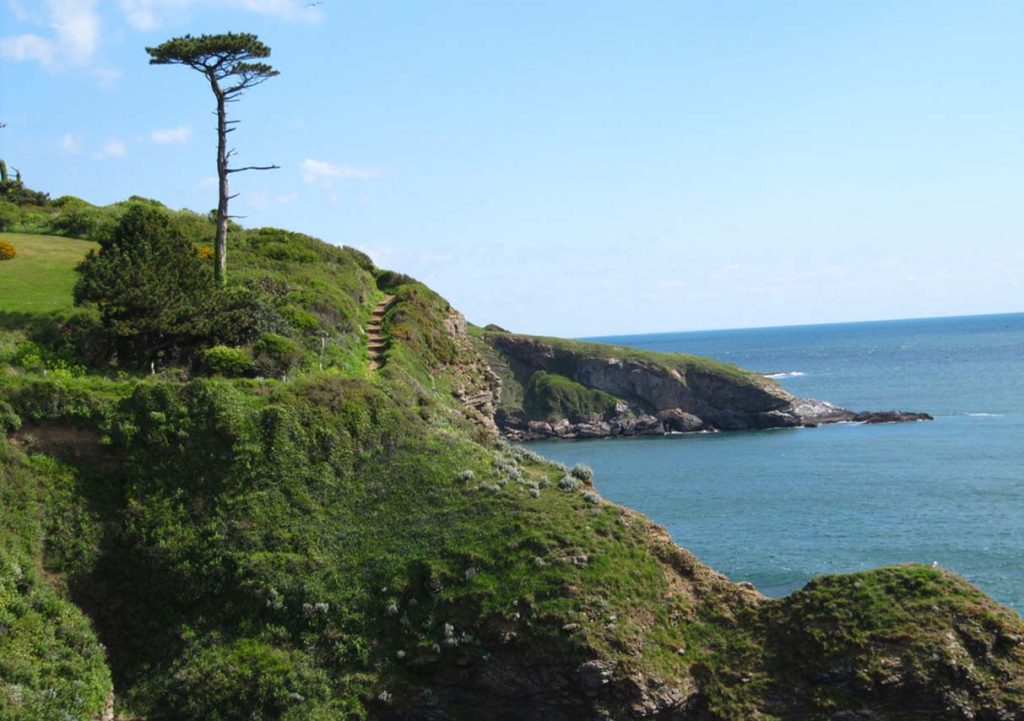England, a country steeped in history and rich in cultural diversity, has long been a popular destination for travelers from all over the world. From the bustling metropolis of London to the serene beauty of the Lake District, England offers a wealth of experiences that cater to every taste and interest. In this comprehensive 3,000-word guide, we will take you on a journey through some of England’s most fascinating destinations, showcasing the diverse attractions and unique charm that make this country so captivating.
The Rugged Beauty of the Lake District
Nestled in the northwest corner of England, the Lake District National Park is a haven of natural beauty, characterized by its dramatic landscapes, serene lakes, and picturesque villages. Spread across an area of approximately 2,362 square kilometers, the Lake District is the perfect destination for those seeking adventure, relaxation, or a bit of both.
a. Outdoor Activities
The Lake District offers a plethora of outdoor activities for adventurers of all levels. Hiking enthusiasts can choose from a vast network of trails that traverse the region’s mountains, valleys, and forests, with popular routes including the ascent of Scafell Pike, England’s highest peak, and the more leisurely stroll around Lake Windermere, the largest lake in the park.
Water sports are also abundant, with options such as kayaking, sailing, and stand-up paddleboarding available on the park’s numerous lakes. For the more daring, the Lake District is home to several via ferrata routes, where participants can scale cliffs and traverse narrow ledges while safely secured to a steel cable.
b. Literary Connections
The Lake District has long been a source of inspiration for some of England’s most celebrated writers, including William Wordsworth, Beatrix Potter, and Samuel Taylor Coleridge. Visitors can explore Dove Cottage, Wordsworth’s former home, which now operates as a museum dedicated to the poet’s life and work, or wander through the picturesque Hill Top, the 17th-century farmhouse where Beatrix Potter wrote many of her beloved children’s tales.
Bath: A City of Relaxation and History

The ancient city of Bath, located in southwest England, is renowned for its well-preserved Roman Baths and stunning Georgian architecture. A UNESCO World Heritage site, Bath provides a harmonious blend of history, culture, and relaxation, making it an essential stop on any tour of England.
a. The Roman Baths
The city’s namesake attraction, the Roman Baths, is a remarkably preserved complex that dates back to AD 70. Visitors can explore the Great Bath, the Sacred Spring, and the Roman Temple, all while learning about the site’s history and the role it played in the lives of the Romans who once frequented these thermal waters.
b. The Georgian Architectural Marvels
Bath’s architectural splendor is best exemplified by the Royal Crescent, a row of 30 terraced houses designed by architect John Wood the Younger in the 18th century. The distinctive curve of the crescent, coupled with its elegant, honey-colored Bath stone, make it an iconic symbol of the city. Nearby, visitors can stroll along the picturesque Pulteney Bridge, another fine example of Georgian architecture, which spans the River Avon and houses charming shops and cafes.
c. Modern-day Spa Experiences
For those seeking relaxation, Bath’s modern spa facilities offer an opportunity to indulge in the city’s thermal waters. The Thermae Bath Spa, a contemporary wellness center, boasts a rooftop pool with stunning views of the city, as well as a range of treatments that incorporate the mineral-rich waters.
Dover: More than Just a Port
Although Dover is primarily known as a gateway to mainland Europe, with its bustling port welcoming ferries from France and beyond, the coastal town has much more to offer than just its transportation hub. Situated in the southeast of England, Dover’s rich history, stunning white cliffs, and medieval architecture make it a worthwhile destination in its own right.
a. The Iconic White Cliffs of Dover
One of the most iconic natural landmarks in England, the White Cliffs of Dover stretch along the coast for approximately 13 kilometers. The chalk cliffs, which can reach heights of over 100 meters, provide a striking contrast against the deep blue waters of the English Channel. Visitors can enjoy stunning views of the cliffs by walking along the cliff-top paths or embarking on a guided boat tour.
b. Dover Castle
Perched atop the cliffs is Dover Castle, a medieval fortress that has played a pivotal role in England’s history since its construction in the 11th century. The castle, which boasts the largest keep in the country, offers a wealth of experiences for visitors, including exploring the medieval Great Tower, wandering through the atmospheric Secret Wartime Tunnels, and admiring the panoramic views from the castle walls.
c. Roman Painted House
Dover’s Roman Painted House is a unique attraction, offering a glimpse into the town’s ancient past. The well-preserved remains of a Roman townhouse, complete with intricate frescoes and detailed mosaics, provide an insight into the daily life and artistic tastes of the inhabitants of Roman Dover.
The English Riviera: Cornwall’s Enchanting Coastline

Located in the southwestern tip of England, Cornwall is home to the English Riviera, a stunning stretch of coastline that boasts picturesque sandy beaches, rugged cliffs, and charming fishing villages. With its mild climate, diverse landscapes, and rich history, the English Riviera offers a captivating blend of relaxation and adventure.
a. Beaches and Coastal Walks
Cornwall’s coast is dotted with idyllic beaches, ranging from the wide, golden sands of Fistral Beach in Newquay, a haven for surfers, to the secluded coves and dramatic rock formations of Kynance Cove on the Lizard Peninsula. The South West Coast Path, which covers over 1,000 kilometers, provides ample opportunities for coastal walks that showcase the region’s breathtaking scenery.
b. Picturesque Fishing Villages and Harbors
The English Riviera is home to several charming fishing villages and harbors, where visitors can immerse themselves in Cornwall’s maritime heritage. The picturesque village of St. Ives, with its narrow, winding streets and vibrant art scene, offers a charming base for exploring the region. The historic harbor town of Falmouth, on the other hand, boasts a bustling waterfront, complete with excellent seafood restaurants and maritime attractions, such as the National Maritime Museum Cornwall.
c. Legendary Landmarks
Cornwall’s rich history and folklore are woven into its landscape, with legendary landmarks such as Tintagel Castle, the supposed birthplace of King Arthur, and St. Michael’s Mount, a tidal island with a medieval church and castle, capturing the imagination of visitors.
England’s diverse landscapes, rich history, and captivating cultural offerings make it a country that promises a wealth of unforgettable experiences. From the rugged beauty of the Lake District to the enchanting coastlines of Cornwall, this guide has taken you on a journey through some of the country’s most remarkable destinations. Whether you’re seeking adventure in the great outdoors, relaxation in a historic city, or the chance to explore the hidden gems of England’s coastline, this guide provides a comprehensive overview of the many facets of this fascinating country.





